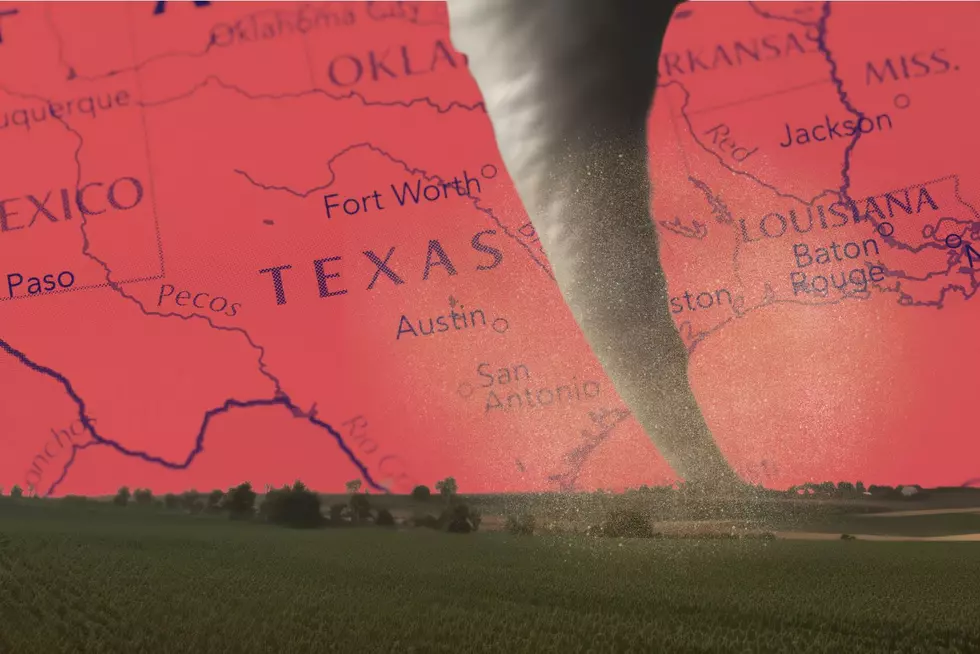
VIDEO: The Shocking Phenomenon Of A Stationary Tornado In Abilene, Texas
A recent video taken near Abilene, Texas is going viral after capturing something you rarely see; even in a place where tornadoes are just a part of life. On a recent livestream hosted by storm chaser Connor Croff, it appears he caught footage of a tornado stuck in place. It has struck up the debate on whether or not a tornado can be stationary.
Can Tornadoes Be Stationary, Or Are They Always Moving?
After doing some light detective work on the internet (using Google), it seems that tornadoes aren't known to ever remain completely stationary. They can move slowly enough to seem as if they're stuck in place (near stationary), but they're always moving. Many places I looked online stated that if a tornado appears stationary and seems to be getting bigger, it's probably headed straight for you.
The rare nature of seeing a "stationary tornado" is one of the reasons this video that was recently captured is so amazing. I grew up in western Oklahoma and have seen my fair share of rare behavior from tornadoes, but I've never seen this.
The "Stationary Tornado" Of May 2024, in Abilene, Texas
The clip of the "stationary tornado" is terrifying. The tornado seems to just swirl in place as if it's showing off its destructive power for the camera.
This tornado was on the ground for 20 minutes and barely moved. 05/02/24 near Abilene, TX | Connor Croff Youtube Live Stream
byu/jaboyles intornado
In the video, you can see that the tornado is moving. It's just doing so at an incredibly slow pace. It honestly appears at times to be just standing still, throwing dust and debris in the air.
As we get further into the active months of severe weather season, be sure you have a plan in place if a tornado warning were to be issued in your area. Know where you're going to take shelter, and how you're going to get there, and be sure to have your emergency supplies stocked ahead of time.
KEEP READING: What to do after a tornado strikes
LOOK: The most expensive weather and climate disasters in recent decades
Gallery Credit: KATELYN LEBOFF
More From Mix 94.1






![The Stars Of MST3K Bring ‘RiffTrax’ To The Amarillo Hollywood USA Theater For ‘Sharknado’ [VIDEO]](http://townsquare.media/site/158/files/2014/06/FireShot-Screen-Capture-124-Trailer_-Sharknado-Chomps-on-RiffTrax-Live-YouTube-www_youtube_com_watch_vb5YwhLRTf7A.png?w=980&q=75)


